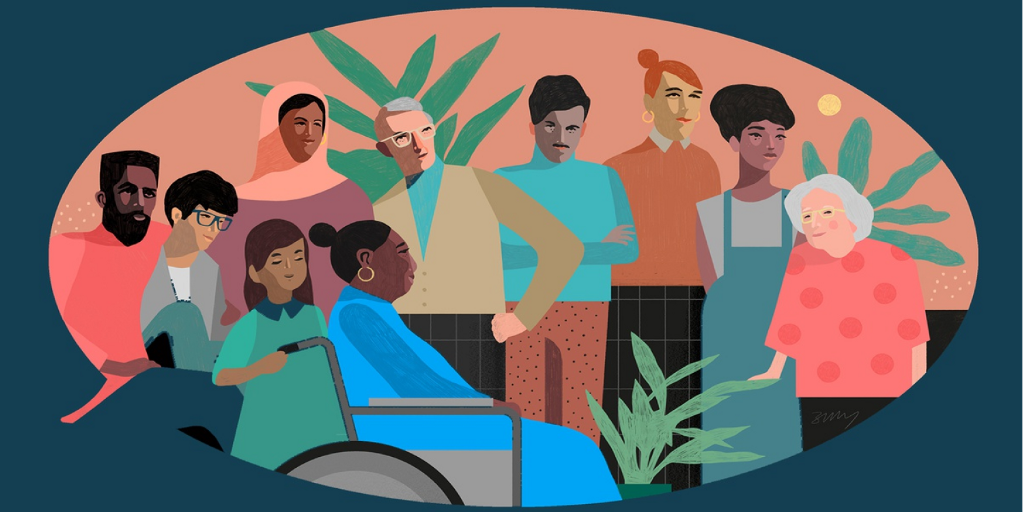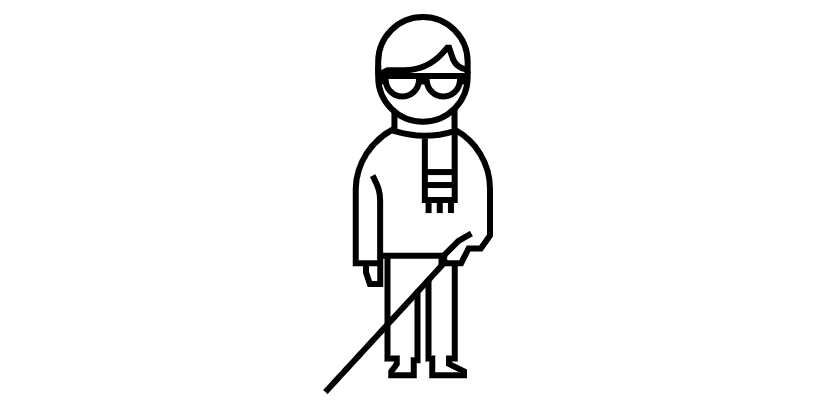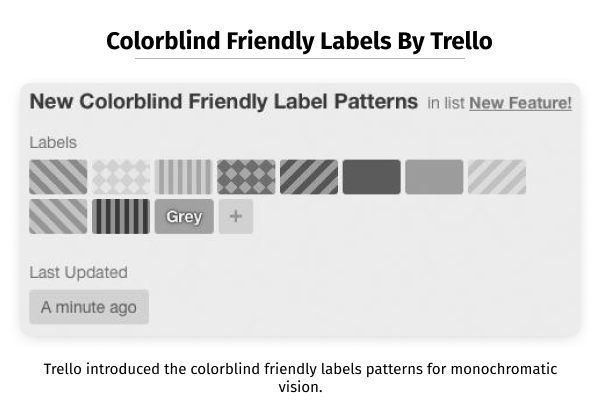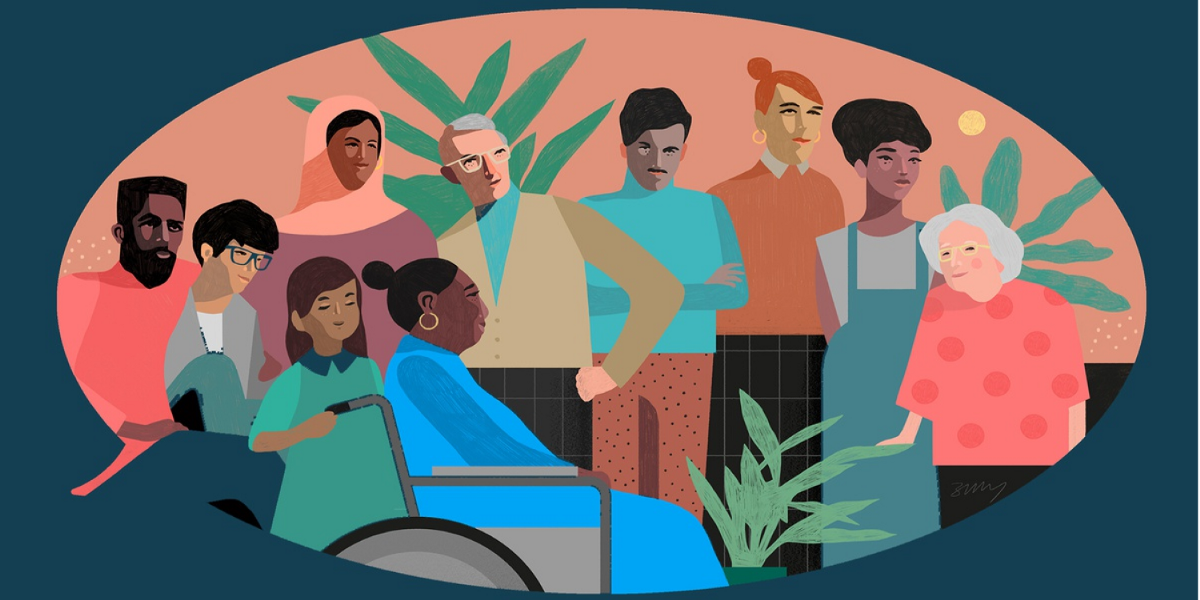Designing for all.

Inclusive Design is a design practice where products and services are designed in a way that they are accessible and can serve as many people as possible, regardless of their age, gender, or ability.
Inclusive Design puts people at the centre stage of the design process. It helps designers understand how to best satisfy human requirements in order to achieve ubiquitous ease of use.
Empathy is an integral part of the Inclusive Design system, it serves the designer a great deal to think of the limitations and motivations that drive all types of humans.
Designing for inclusion brings into light the opportunities product designers have to serve people across the board, designing for the differently able is essentially designing for everyone.
This principle is observed not just in digital products, but also in civic and industrial design.
Research titled “About: Inclusive Design” by Roger Coleman takes an in-depth look at the factors that catalysed Inclusive Design; real-life examples in architecture, business, and future trends.
The study also delves into how disabled the elderly are not treated as special cases of design solutions and instead integrate them into the “mainstream” of design thinking.
Why does it matter?
When products are designed for the world, they are ideally meant to be designed for all people, rather than just a section of them.
What works in one part of the world might not in a different part of the world, and keeping this context in mind is crucial.
What product builders and designers need to be mindful of is that they are designing for millions of people, coming from different backgrounds, languages and different abilities.
Inclusive Design makes it possible for a diverse set of people to participate in different ways and makes sure everyone has a sense of belonging.
This also increases the product’s reach and puts the product and the people simultaneously at the top of the priority chain. Inclusive design, at the end of the day, is also fantastic for business.
3 Principles of Inclusive Design (by Microsoft):
1. Recognizing exclusion:

When designers solve problems using their own biases, exclusion arises.
In today’s context, the term “differently-abled” is not just limited to physical disabilities or health conditions; it includes everything from situational impairments to activity limitations on participation.
The core concept here indicates mismatched human interactions.
Designers should seek out these points of exclusion and explore new ideas to overcome these challenges and create new elegant solutions towards being more inclusive.
Analysing the root cause of a person’s exclusion can help design a more meaningful and inclusive experience.
Here is an interesting piece by Lexie Claridge who gives us a thorough insight on creating content that works for everyone.
2. Learn from diversity:

The main goal of an inclusive design system is taking account of diversity.
A necessitated requirement is a diverse team that can bring fresh and different perspectives to a solution. This way, they cover experiences in a much broader aspect than a team with a similar background.
The results are only as good as the designers.
The characteristics and factors to keep in mind about the design teams- include people from:
- diverse cultures
- different age groups
- differing abilities
- different socioeconomic backgrounds
- all over the world
3. Solve for one, extend to many:

Studies show that situational and ability-based impairments have intersecting user needs.
Let’s take a real-life example here: Transcripts and closed captions of a video/audio designed to cater to people who are hard of hearing can also benefit people in a loud/noisy place like a cafe or a crowded train.
Solutions like larger font size catering to people with vision impairment can also serve a person driving a car.
Designers may start with one set of people in mind, and then extend the same solution to people who could benefit.
Inclusive design is all about connecting diverse people in similar circumstances.
Accessibility and Inclusive Design:

While Inclusive Design and Accessibility (Read all about Global Accessibility by Google Design here) are part of the same battle, and these terms are often used interchangeably, they are, in fact, different things.
Accessibility comes under Inclusive design’s umbrella in a much broader sense.
Accessibility: the qualities that make an experience open to all.
Inclusive design: a design methodology that enables and draws on the full range of human diversity.
-Microsoft
“Accessibility is an outcome. Inclusive design is a process.” — Derek Featherstone, CXO of specialist accessibility agency Level Access.

Designers should view diversity as an opportunity for innovation rather than a peripheral exercise in design.
If designers serve everyone who interacts with the product and give them a sense of belonging, then being different will not feel like being wrong, because it isn’t.

3 principles of inclusive design and why it matters was originally published in UX Collective on Medium, where people are continuing the conversation by highlighting and responding to this story.
